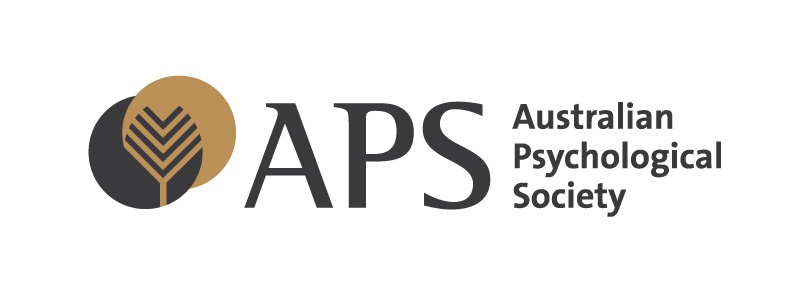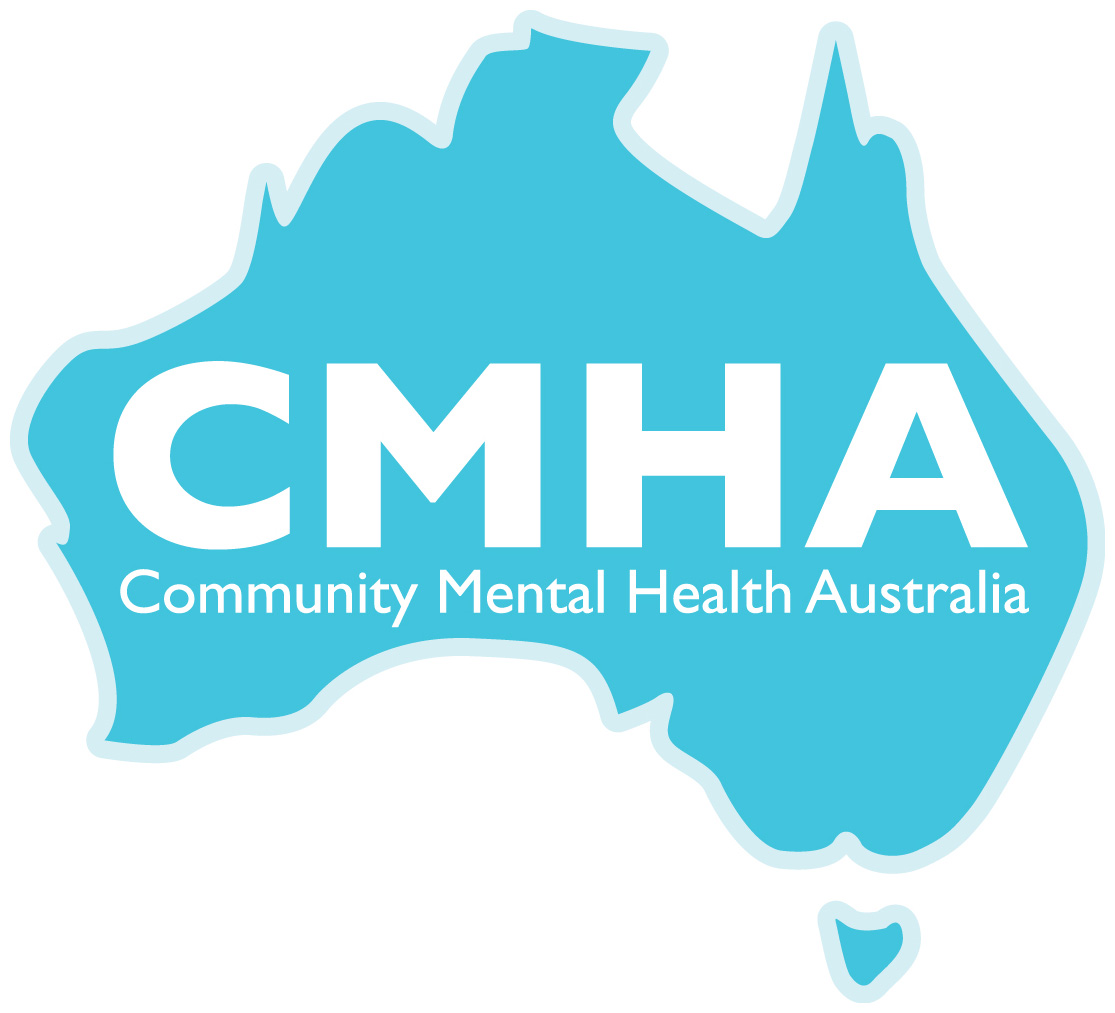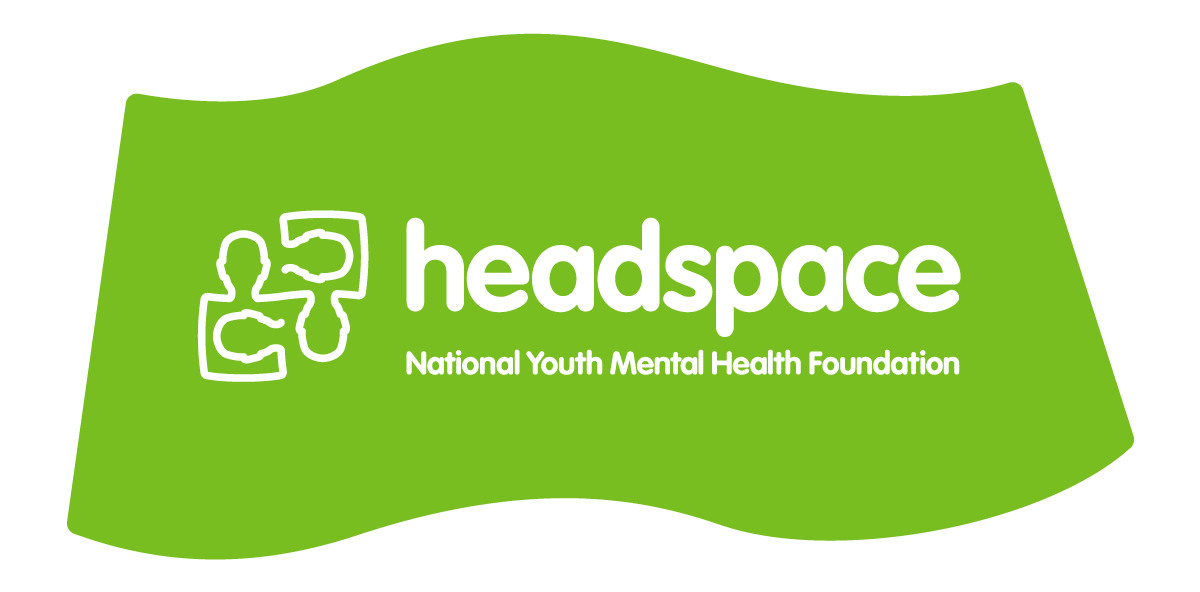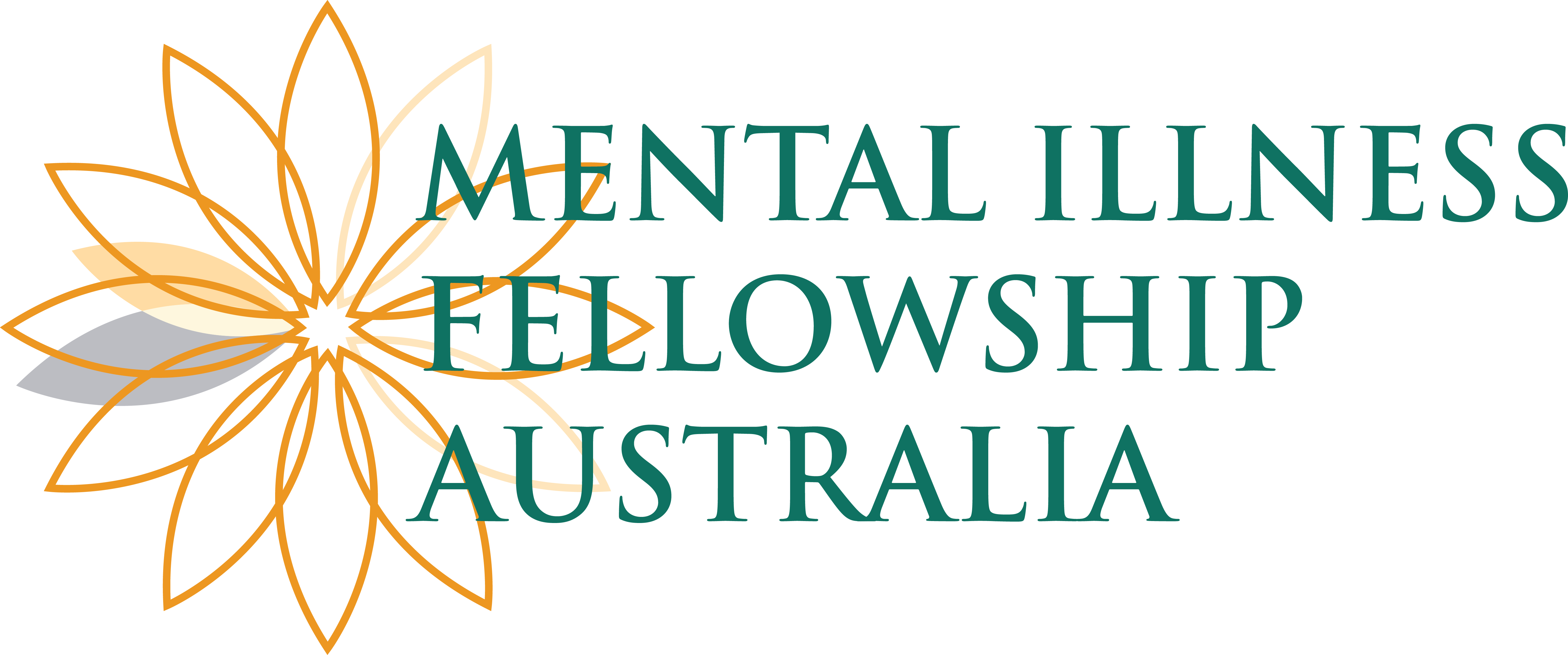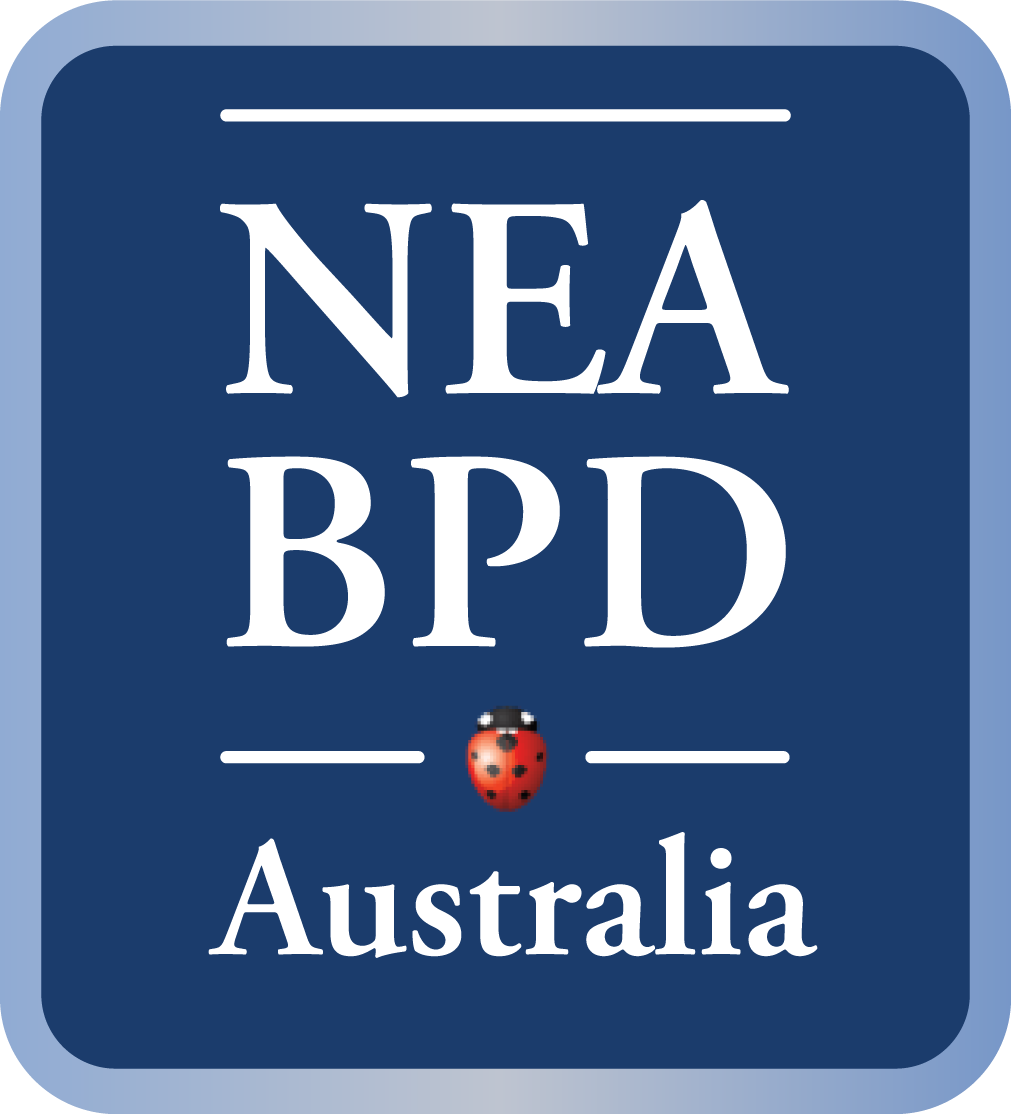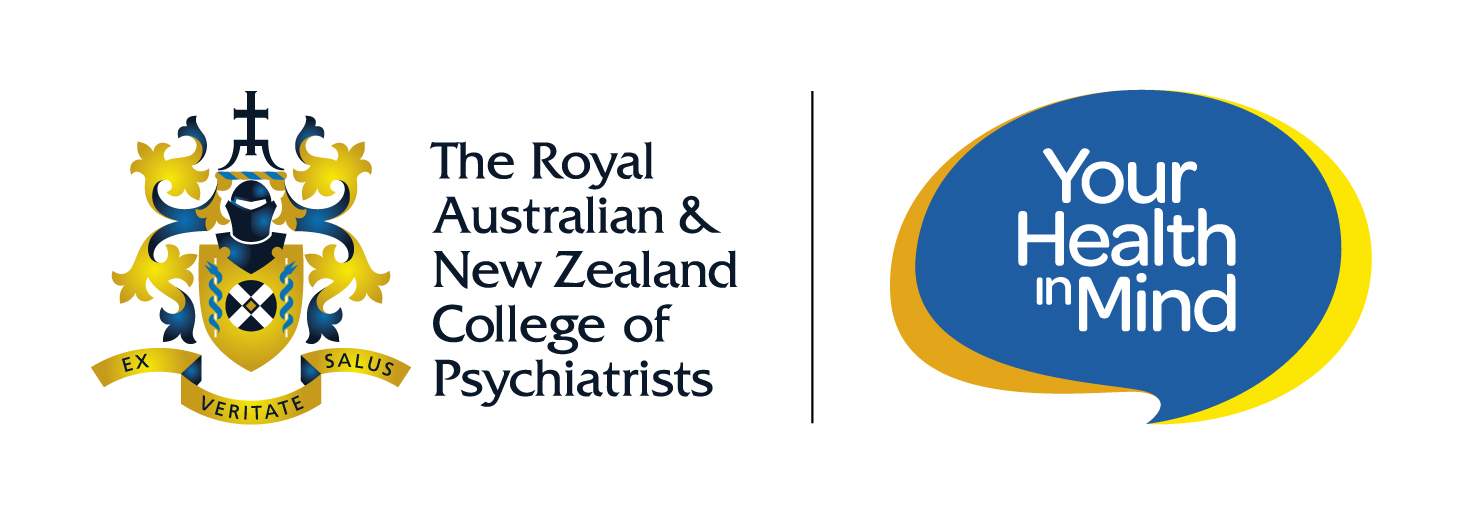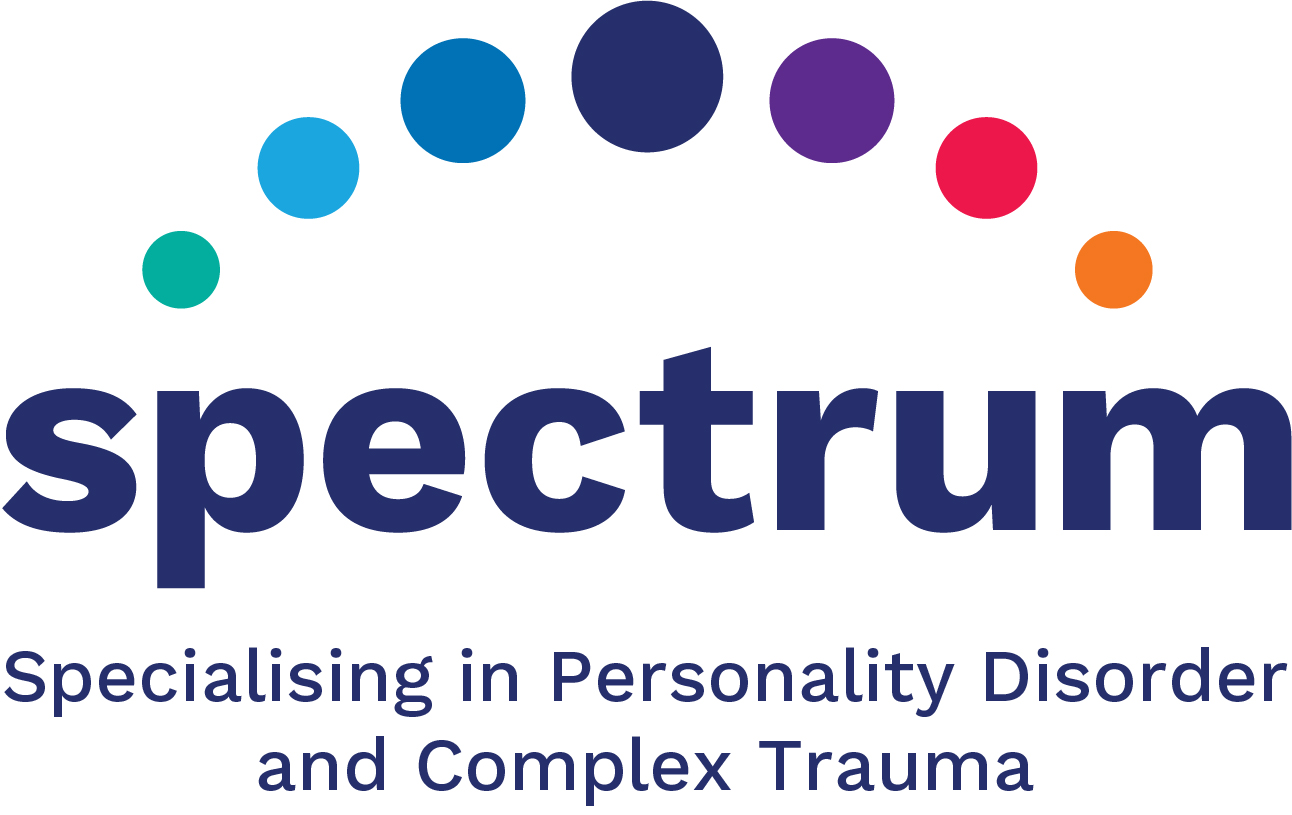
Advocacy & Support for
Borderline Personality Disorder
& Complex Trauma
National Consensus Statement: By, With and for People Impacted by BPD
Our Vision | Context | Background | Endorsing Organisations | References

Our Vision
- A ‘no wrong door’ approach to services for people with borderline personality disorder (BPD) that enables them to access compassionate, appropriate, and strengths-based supports, regardless of complexity and their personal background.
- People living with BPD:
- have their need for care, treatment and support recognised early, with timely referrals in line with their wishes
- access specialist assessment within one month of request
- receive evidence-based professional services within two months of diagnosis
- are recognised as the experts of their life and supported to lead the planning for their own care and goals
- receive appropriate, best-practice evidence-based psychotherapies and psychosocial supports (informed by lived experience) as needed, throughout their life
- have access to support by trained (and supervised) peer workers
- receive a holistic, integrative, whole-of-service approach individualised to their experiences and preferences, not a one-size-fits-all approach
- are free from stigma and discrimination
- are supported to live a meaningful life
- reside within a network of carers* who are provided with the education and support they require to enable them to appropriately support the person experiencing BPD.
- All mental health professionals in Australia are educated and equipped to proactively facilitate access to evidence-based pathways to recovery for people living with BPD.
- Health professionals (including general practitioners and other primary care practitioners) have the knowledge, attitude and skills to provide compassionate triage and referral for people living with BPD to appropriate and available mental health services within a stepped model of care that is free from stigma and discrimination.
- Clinical practice in mental health services incorporates the common factors approach for effective treatment of BPD, including being respectful, trauma-informed, strengths-based, recovery oriented and peer-informed.
- Children at risk of psycho-social stressors are identified and issues of concern are addressed early, with appropriate supports provided for the child and their family.
- The essential role of family/carers as a part of the person’s support network is acknowledged, and they are included in plans and treatment options (unless it is inappropriate to do so). Family/carers are offered and able to access evidence-based, peer-informed psychoeducation and support.
- The health system and community managed organisations that support people living with BPD are a showcase for mental health services in Australia and globally.
We, the undersigned, call on all governments and elements of the service system to work together to make our vision a reality through:
- the endorsement of a national model of care for people with BPD
- an accompanying national framework for the family and carers of people with BPD
- a national training framework for health professionals
- establishment of a BPD Centre of Excellence in each state and territory of Australia.

The Context:
- Borderline personality disorder (BPD) is a complex disorder that frequently begins during teenage years and affects between 1-6% of Australians during their lifetime.
- It is characterised by a pervasive and persistent instability of sense of self, difficulty in regulating emotions, extreme sensitivity to perceived criticism, volatile interpersonal relationships, and by impulsive and often self-harming behaviours.
- It often co-exists with other mental and physical health concerns, including depression, psychosis, eating disorders, anxiety disorders, bipolar disorder, and substance use disorder. This results in complex needs that typically are inadequately addressed by mainstream mental health services.
- The causes of BPD are not fully understood, but involve biological, social, and/or environmental factors. Trauma is a risk factor for developing BPD.
- People with BPD have long been misunderstood and discriminated against, by both the wider public and by clinicians within the healthcare system.
- With prompt and accurate diagnosis and the provision of appropriate treatment and supports, the prognosis for people with BPD is positive; they can and do lead meaningful and contributing lives.
- More than 50% of respondents in a survey-based study reported problems with accessing services.
- Early detection and treatment of emerging traits in young people is required.
- Clinical Guidelines published by the NHMRC in 2012 set out best-practice effective treatment approaches to identifying, treating, and supporting people with BPD, but these have not been implemented or applied by many services or clinicians.
- Many health professionals feel inadequately prepared to diagnose and work with people living with BPD. This may lead to a reluctance to diagnose BPD in the first instance, resulting in either no treatment or inappropriate treatment being offered.
- Unlike other mental illnesses, no drug has been approved (to date) for the treatment of BPD. The best available evidence suggests that long-term, BPD-appropriate psychotherapy is the most efficacious treatment for BPD.
- Inadequate and inappropriate mental and physical health system responses lead to poorer health and life outcomes for people with BPD, including premature death. The life expectancy for people living with BPD is estimated to be nearly 20 years less than other Australians.
- A recent study of Victorian Coronial Records over a 5-year period (2009-2013) showed that 10% of all suicides in Victoria had a diagnosis of BPD, or symptoms consistent with it.
- People with BPD often experience lower levels of physical, sexual, and reproductive health and higher rates of unemployment.
- Current research shows that a focus on treating BPD improves both the symptoms of BPD and most co-morbid symptoms yet services often focus on treating the co-morbidities (e.g., depression) whilst ignoring the BPD - or only see the diagnosis of BPD and dismiss other health concerns (e.g., sarcoidosis).
- The lack of adequate (or appropriate) treatment of BPD places a significant burden on the mental health system. People with BPD represent about 43% of all mental health inpatients and 6% of GP patients; 26% of people presenting to emergency departments for mental health crisis are estimated to have a personality disorder and a personality disorder is present in 86% of forensic populations.
- Evidence from 2017 suggested the mean cost saving of treating BPD with evidence-based psychotherapy was at least $4000 per patient per year.
- The emotional, physical, and financial implications for people with BPD, their carers and their workplaces can also be significant.
- Carers frequently live with constant anxiety and may lack the support and/or information required to enable them to appropriately support their family member or friend; they often hide the impact of this to the detriment of their own physical and mental health. Research shows that carers supporting someone with BPD have a higher incidence of mental health issues of their own than carers supporting people with other mental disorders.
- People with BPD also have high rates of presentation at support services, housing agencies and in the justice and forensic mental health systems. About 30% of mothers included in Child Protection Services meet criteria for a diagnosis of BPD.
- Currently, there is ongoing evidence of unmet need for most people with BPD, especially people from diverse backgrounds, First Nations, and older people.
- Inconsistent and inappropriate interaction with the mental health system leads to iatrogenic harm, disenchantment, distress, lack of trust and hostility, rather than positive outcomes
*The term carer/family used in this document refers to people who support someone with BPD in a voluntary capacity. It is inclusive of biological family (e.g., parents, grandparents, and children) and non-biological family of choice (e.g., partners and friends).
For references please refer to the original document which may be downloaded here
Background:
In November 2019 the Australian BPD Foundation invited stakeholders and those with lived experience (consumers and carers) to a forum to participate in the development of a National BPD Consensus Statement. The day was chaired by our Patron Dr. Peggy Brown AO.
In August 2020 a draft Statement was sent out for broad consultation and we received many constructive comments. Thanks to all who contributed.
Launched in August 2021, it has been endorsed by many organisations in the Australian mental health sector, we have presented it to Greg Hunt MP and will continue with presenting to Federal, state and opposition Ministers for Health and other key organisations.
We now invite YOUR support to add your voice to ours as we advocate for everyone with BPD (and their support network) to access timely and equitable access to treatment and support from an appropriately skilled workforce.
Download the Statement as a pdf.
We acknowledge the support of the following organisations who endorsed this document.
Feel free to contact on us via email.
References:
Please refer to original pdf
Endorsed by:


